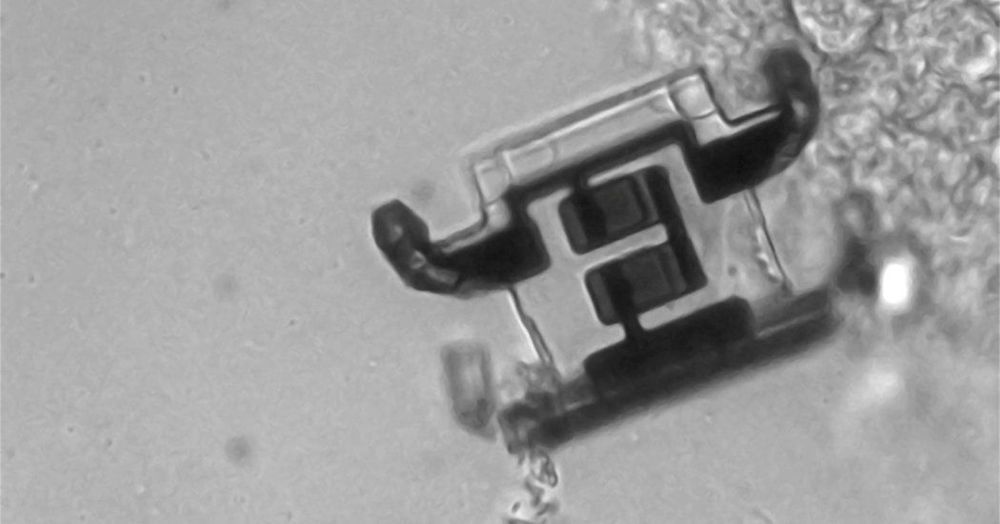Is your television watching you?
Single-pixel cameras (SPC) are image capturing devices, which use only a single detector to collect information about the entire image, by making use of it.

Computer vision researchers report using special light sources and sensors to see around corners or through gauzy filters, letting them reconstruct the shapes of unseen objects.
The 21st Century version of the Kirlian camera is now called a GDV camera.
Application de l’effet Kirlian — Méthode GDV du Professeur Konstantin KOROTKOV
Pour en savoir plus :
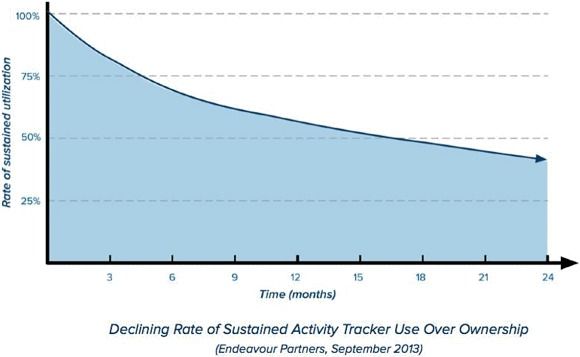
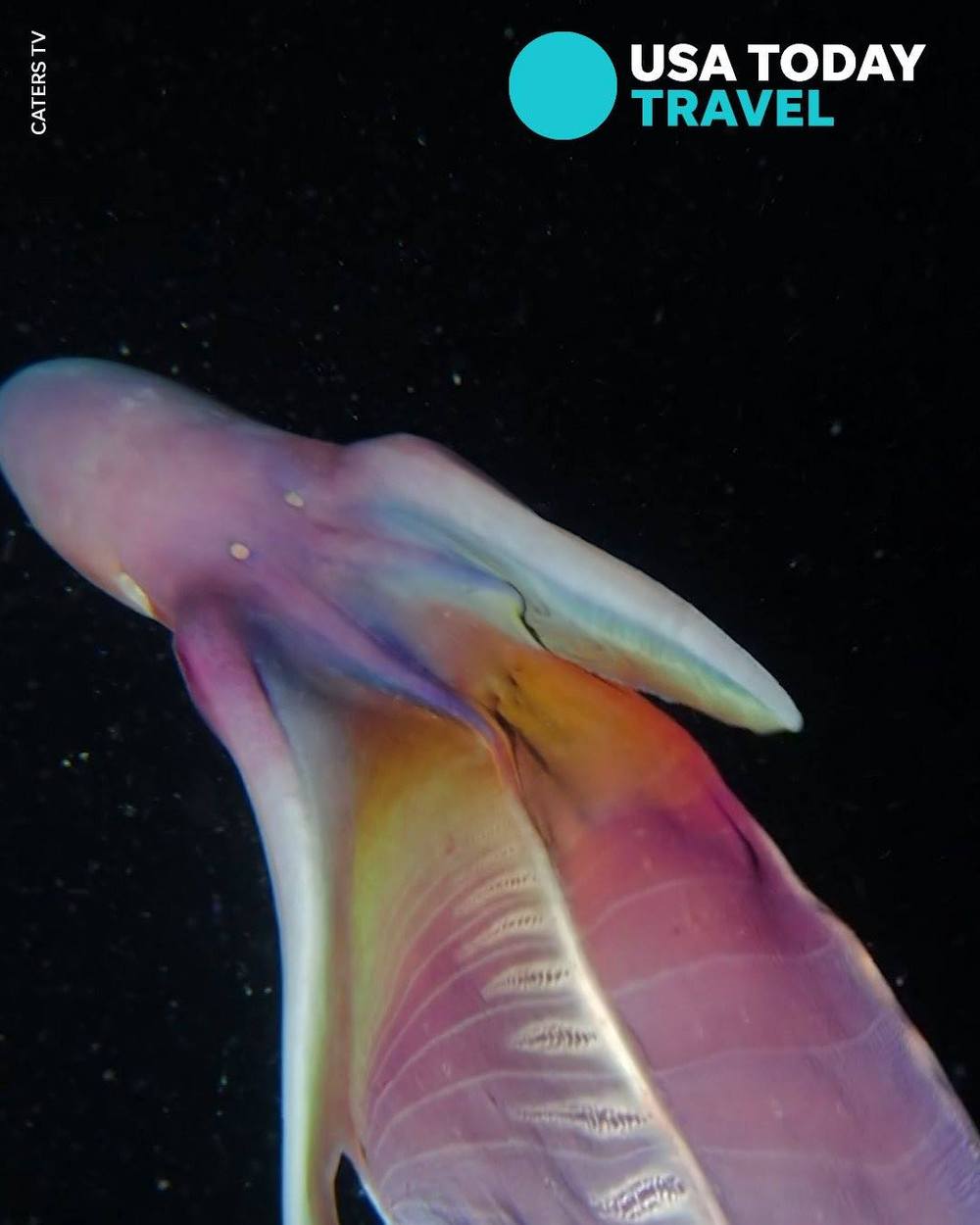
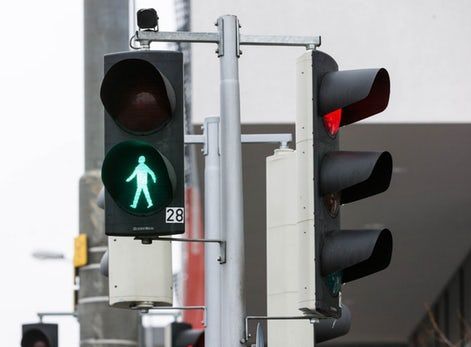
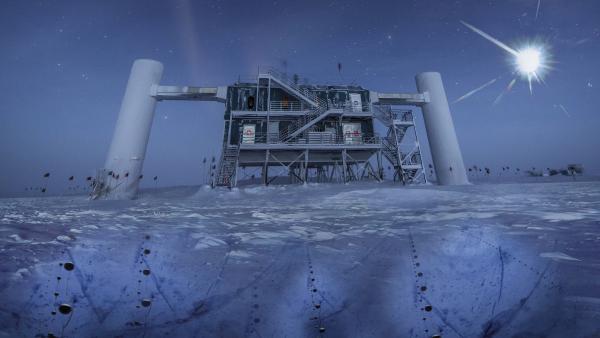
Francis Halzen, the lead scientist of the IceCube Neutrino Detector, explains how light sensors buried deep in the ice at the South Pole detected a neutrino that traveled four billion light-years.
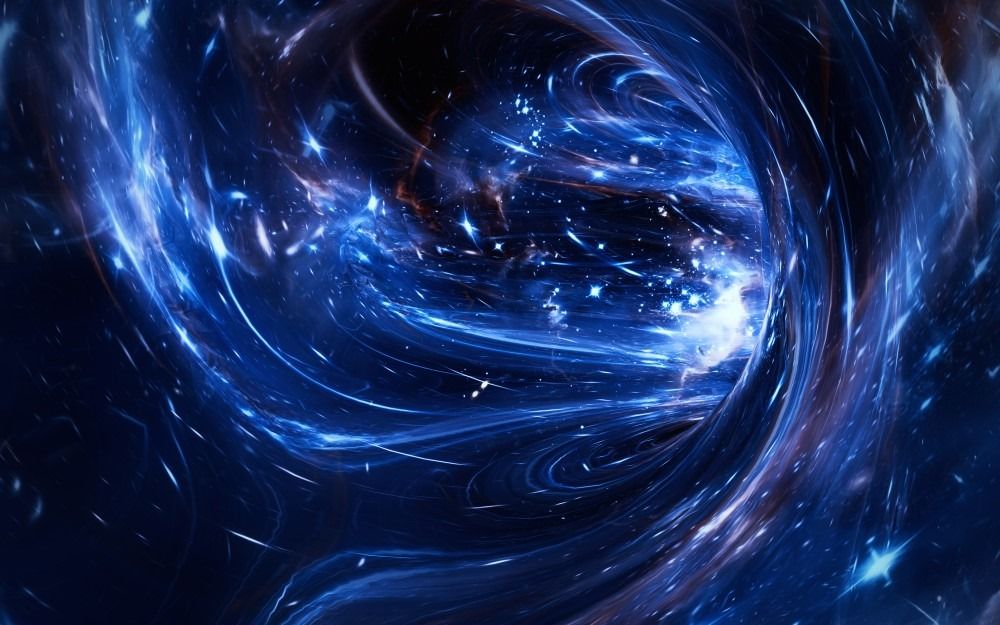
Of all the science-fiction-sounding names that have come to fruition in recent years, perhaps none is as mysterious or seemingly fictitious as time crystals. The name evokes something between Back to the Future and Donnie Darko, and the reality is perhaps crazier than either.
Two separate groups of scientists recently reported that they observed time crystals, which lends credence to the idea that this theoretical state of matter is something humans can actually create and observe. And indeed, time crystals can be grown in a child’s bedroom.
However, it requires nuclear sensors and lasers to help time crystals reach their full potential and then measure and observe them. This combination of dramatic scientific terms and shockingly simple objects is a great analogy for time crystals as a whole.
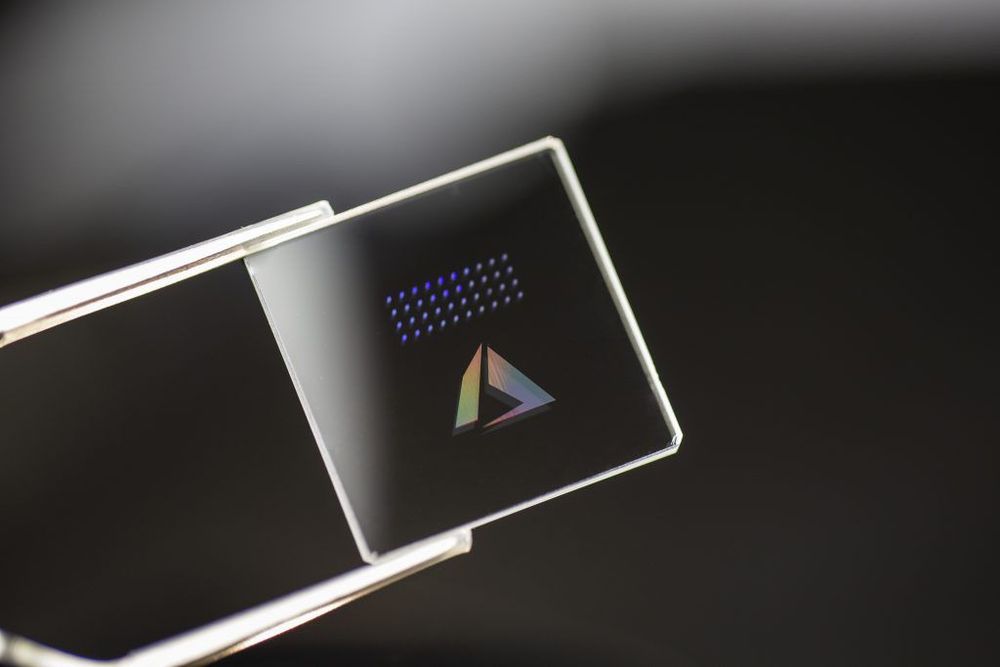
Is developing the first-ever storage technology designed and built from the media up, for the cloud. We are leveraging recent discoveries in ultrafast laser optics to store data in quartz glass by using femtosecond lasers, and building a completely new storage system designed from scratch around this technology. This opens up an incredibly exciting opportunity to challenge and completely re-think traditional storage system design, and to co-design the future hardware and software infrastructure for the cloud.
We are hiring for this and related projects: Post-Doc Researchers in Storage Software and Optical Systems, and internships in Software, FPGA, Electronics and Optics.
This project is a collaboration with the University of Southampton Optoelectonics Research Centre, and was featured in a Microsoft Ignite 2017 keynote on future storage technologies.
